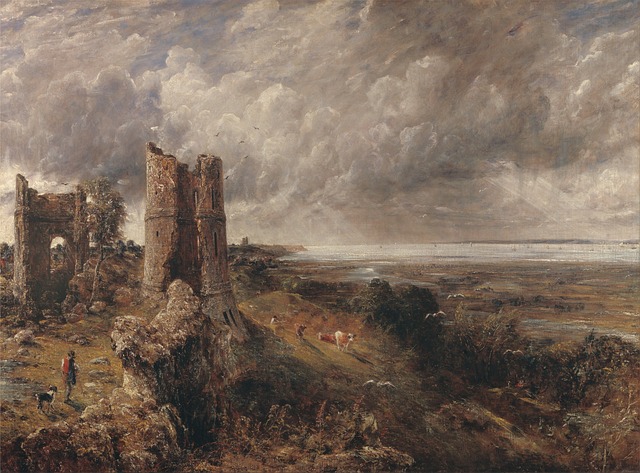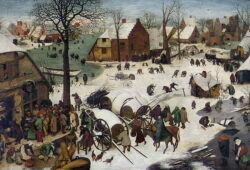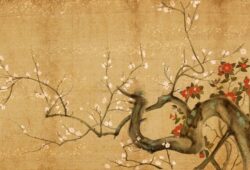John Constable: A Visionary Artist of the English Countryside
 Posted On
Posted On
John Constable, a name synonymous with English landscape painting, left an indelible mark on the art world with his remarkable depictions of the English countryside. Born on June 11, 1776, in East Bergholt, Suffolk, John Constable’s paintings have continued to captivate viewers with their beauty, authenticity, and emotional depth. In this article, we will explore the life and legacy of John Constable, shedding light on his artistic journey and the enduring influence of his work.
Constable’s early life was marked by a deep connection to nature and the rural landscape of Suffolk, which would become a central theme in his art. His father, Golding Constable, was a wealthy corn merchant, allowing the young John to pursue his artistic interests without financial constraints. He received his first formal art education at the Royal Academy in London, where he studied under the tutelage of the renowned landscape painter, John Thomas Smith.
One of Constable’s most significant contributions to the art world was his innovative approach to capturing the beauty of nature. Rather than adhering to the prevailing trend of idealized landscapes, he sought to depict the English countryside in its raw, unfiltered state. Constable famously said, “I should paint my own places best,” emphasizing the importance of painting what he knew intimately.
His groundbreaking works, such as “The Hay Wain” and “Flatford Mill,” showcase his dedication to capturing the essence of rural life. These paintings offer viewers a glimpse into the tranquility and simplicity of the English countryside, where he found inspiration in the ever-changing play of light and weather on the landscape.
Constable’s commitment to authenticity extended to his meticulous approach to sketching and plein-air painting. He spent countless hours in the open air, creating detailed sketches and studies of his surroundings. These studies served as the foundation for his larger, more ambitious compositions, allowing him to infuse his works with a profound sense of realism and emotional depth.
The artist’s dedication to his craft was not without its challenges. While Constable’s paintings are now celebrated for their beauty and precision, they were met with mixed reviews during his lifetime. The art establishment of the time favored the picturesque and the classical, which led to initial resistance to Constable’s innovative approach. However, he remained steadfast in his commitment to portraying the authenticity of the English landscape, and his persistence eventually earned him recognition and acclaim.
Constable’s influence on subsequent generations of artists cannot be overstated. His dedication to capturing the essence of the natural world inspired the emergence of the Romantic landscape tradition in England. Artists like J.M.W. Turner and the Pre-Raphaelite Brotherhood drew inspiration from Constable’s works, adopting his emphasis on truth to nature and a deep emotional connection to the landscape.
In addition to his impact on British art, John Constable’s work also had a profound influence on the Impressionist movement in France. His use of broken brushwork and attention to the effects of light on color served as a precursor to the techniques employed by Impressionist painters like Claude Monet and Pierre-Auguste Renoir.
John Constable’s legacy endures to this day, with his paintings held in esteemed collections worldwide. His ability to capture the beauty, authenticity, and emotional resonance of the English countryside remains an enduring source of inspiration for artists and nature enthusiasts alike. Through his dedication to portraying the unadorned reality of the world around him, Constable left a lasting imprint on the art world, reminding us of the profound beauty found in the simplicity of nature.



